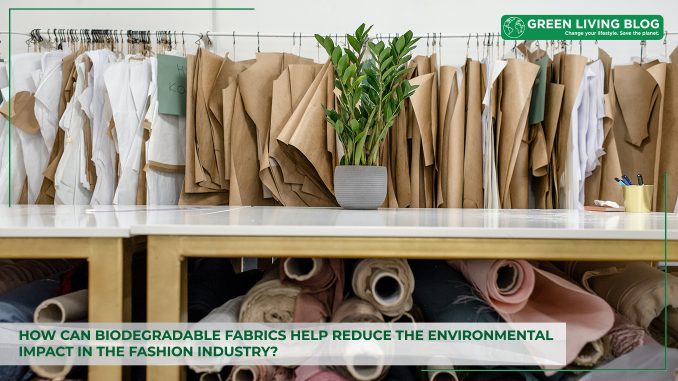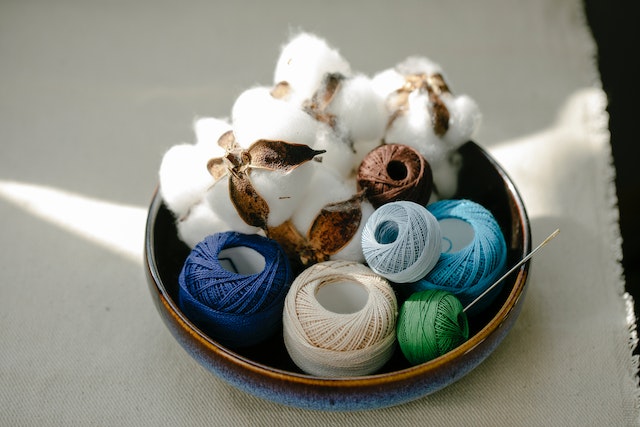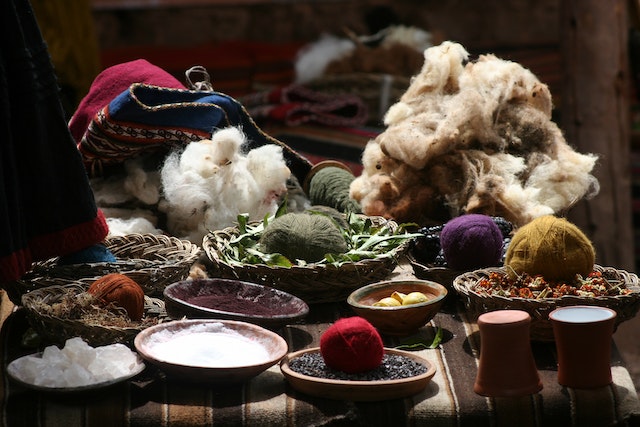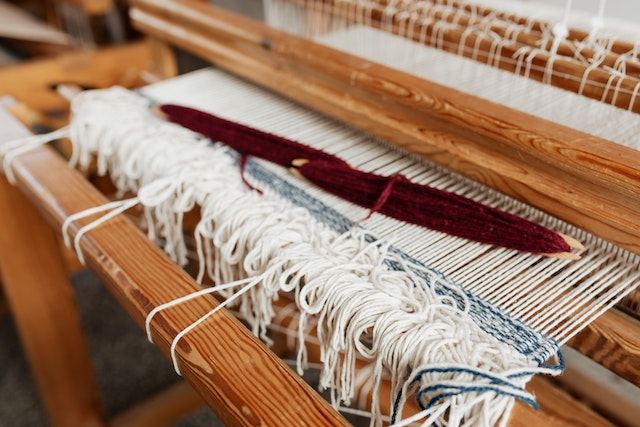
Few sectors have had as profound an impact on the environment as the textile industry. Historically, fabrics have been woven from natural materials, leaving minimal traces as they deteriorate.
However, the rise of industrialization brought about synthetic textiles, many of which have caused extensive environmental harm and ecological imbalance due to their inorganic nature.
Enter biodegradable fabrics. Marrying the sustainable nature of traditional textile manufacturing with cutting-edge science, these materials promise a future where garments and fabrics return to the Earth after their lifecycle.
Fast Facts on Fast Fashion

The fashion industry — particularly the fast fashion sector — has a significant environmental impact, especially its massive water consumption. Cotton for a single t-shirt can consume up to 2,700 liters of water. The dyes and chemicals for treating textiles are responsible for about 20% of global wastewater. They pollute the waterways, threatening aquatic life and the communities dependent on these sources.
Furthermore, fast fashion’s rapid consumption model results in increased global trash. A staggering 92 million tons of textile waste ends up in landfills annually.
What Fast Fashion Does to The Environment
In addition to these direct environmental consequences, the fast fashion mindset encourages overproduction and overconsumption and disregards the effects that attitude has on the environment. The production of cheaper fabrics popularly used by fast fashion brands like rayon and viscose can lead to deforestation, as they require wood pulp.
This loss of vital carbon-sequestering tropical rainforests has broader environmental implications. Another issue to consider is the race to procure land for cultivating fibers like cotton, which destroys habitats and diminishes biodiversity. Even washing synthetic garments releases microplastics into water systems, which can cause health problems to the entire food chain.
The challenges posed by the fashion industry spurred the growing wave of sustainable initiatives, offering potential long-term solutions. Circular fashion emphasizes a closed-loop system, advocating for the recycling, repurposing or upcycling of old garments. Shifting to sustainable fabrics — such as organic cotton or recycled materials — can substantially mitigate environmental impacts.
The slow fashion movement champions quality over quantity, producing durable and timeless pieces that can diminish waste. A well-informed consumer base aware of the environmental repercussions of their purchases can play a crucial role in driving the industry toward more sustainable practices. However, achieving meaningful change will necessitate a concerted effort from producers, consumers and policymakers alike.

How Biodegradable Fabrics Can Help
Biodegradable fabrics are the future of sustainable fashion. They decompose faster than polyester and nylon, significantly reducing textile waste in landfills. When produced organically or with natural dyes, biodegradable fabrics drastically minimize chemical use, showcasing a more eco-friendly approach to fashion.
They also champion the fight against microfiber pollution. Unlike synthetic fabrics such as polyester — which release microplastics during washing — biodegradable ones maintain clean water systems and protect marine life. Plant-based textiles like hemp and flax stand out as environmental heroes, actively absorbing carbon dioxide as they grow and offsetting carbon emissions from fabric production.
Promoting Slow Fashion

Embracing biodegradable fabrics aligns with the principles of a circular economy, and promotes recycling, upcycling, and reuse. Sustainable farming practices also reduce pesticide and fertilizer use and revitalize soil and water health. Some clothing brands that have introduced sustainable fashion include the following.
Patagonia
Patagonia has long been a pioneer in sustainable fashion. The brand uses recycled and biodegradable materials in its clothing, such as recycled polyester and organic cotton. Recently, Patagonia has also introduced innovative fabrics like TENCEL Lyocell and hemp in their collections.
Stella McCartney
As a well-known luxury fashion brand known for its commitment to sustainability, Stella McCartney uses various eco-friendly materials in some of its accessories. Such textiles include organic cotton and biodegradable materials like MycoWorks’ Mushroom Leather.
Eileen Fisher
This brand is dedicated to sustainable and ethical practices, experimenting with biodegradable materials like Tencel and organic cotton for years. It also has a “Renew” program, where customers can return old Eileen Fisher garments for resale.
Amour Vert
As a sustainable fashion brand that uses eco-friendly materials, Amour Vert uses Tencel, Modal and organic cotton. It’s committed to using materials that are biodegradable and sourced in an environmentally responsible manner.
Mara Hoffman
Known for her use of eco-conscious materials in her swimwear and clothing lines, Mara Hoffman incorporates fabrics like Econyl — a regenerated nylon made from recycled materials — into her designs.
The Future of Fashion Is Biodegradable Fabrics

Embracing biodegradable fabrics signals a broader cultural and industrial shift towards a more circular economy. However, a multi-pronged approach is necessary for biodegradable textiles to make a substantial difference on a global scale. Manufacturers need further research and development to refine production methods, promote consumer awareness, and support regulatory measures.
As with any solution, challenges exist, and the longevity and durability of some biodegradable fabrics might be questioned. Others may worry their cost of production could be higher in some instances. Yet, these challenges do not diminish their potential — they simply emphasize the need for continuous innovation and refinement.
![]()
Author Profile

- Eco Warrior by day, Eco Blogger by night trying to get the eco balance right.
Latest entries
 EnvironmentMarch 31, 20255 Sustainable Materials for Building Your Dream Eco-Friendly Pergola
EnvironmentMarch 31, 20255 Sustainable Materials for Building Your Dream Eco-Friendly Pergola Best practicesMarch 25, 202510 Green Tips to Live a More Sustainable Lifestyle
Best practicesMarch 25, 202510 Green Tips to Live a More Sustainable Lifestyle Green Expert GuidesMarch 12, 2025Flexible Solar Panels for Trucks: Benefits of Smarter Solar Energy Solutions for the Trucking Industry
Green Expert GuidesMarch 12, 2025Flexible Solar Panels for Trucks: Benefits of Smarter Solar Energy Solutions for the Trucking Industry Green Home GuidesFebruary 27, 2025How Sustainable Heating is made simple with Bioethanol Fireplaces
Green Home GuidesFebruary 27, 2025How Sustainable Heating is made simple with Bioethanol Fireplaces





Leave a Reply
You must be logged in to post a comment.